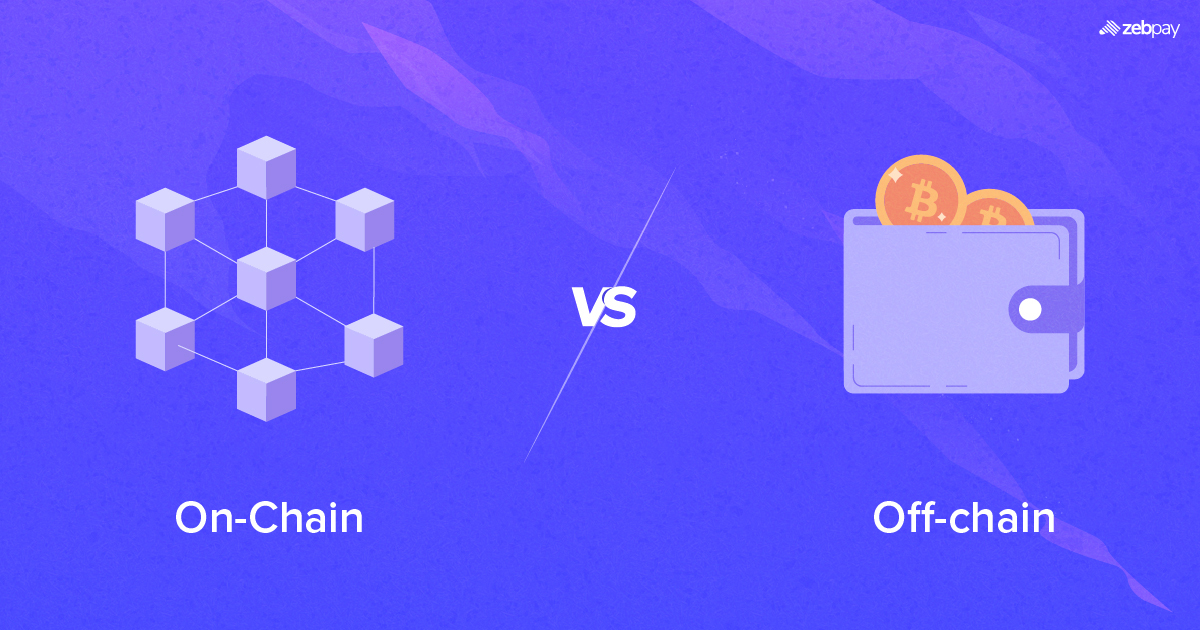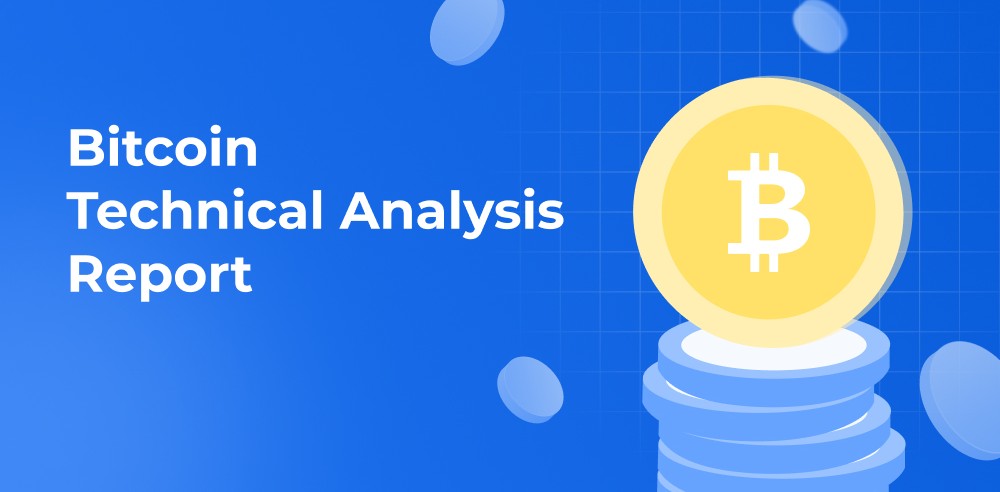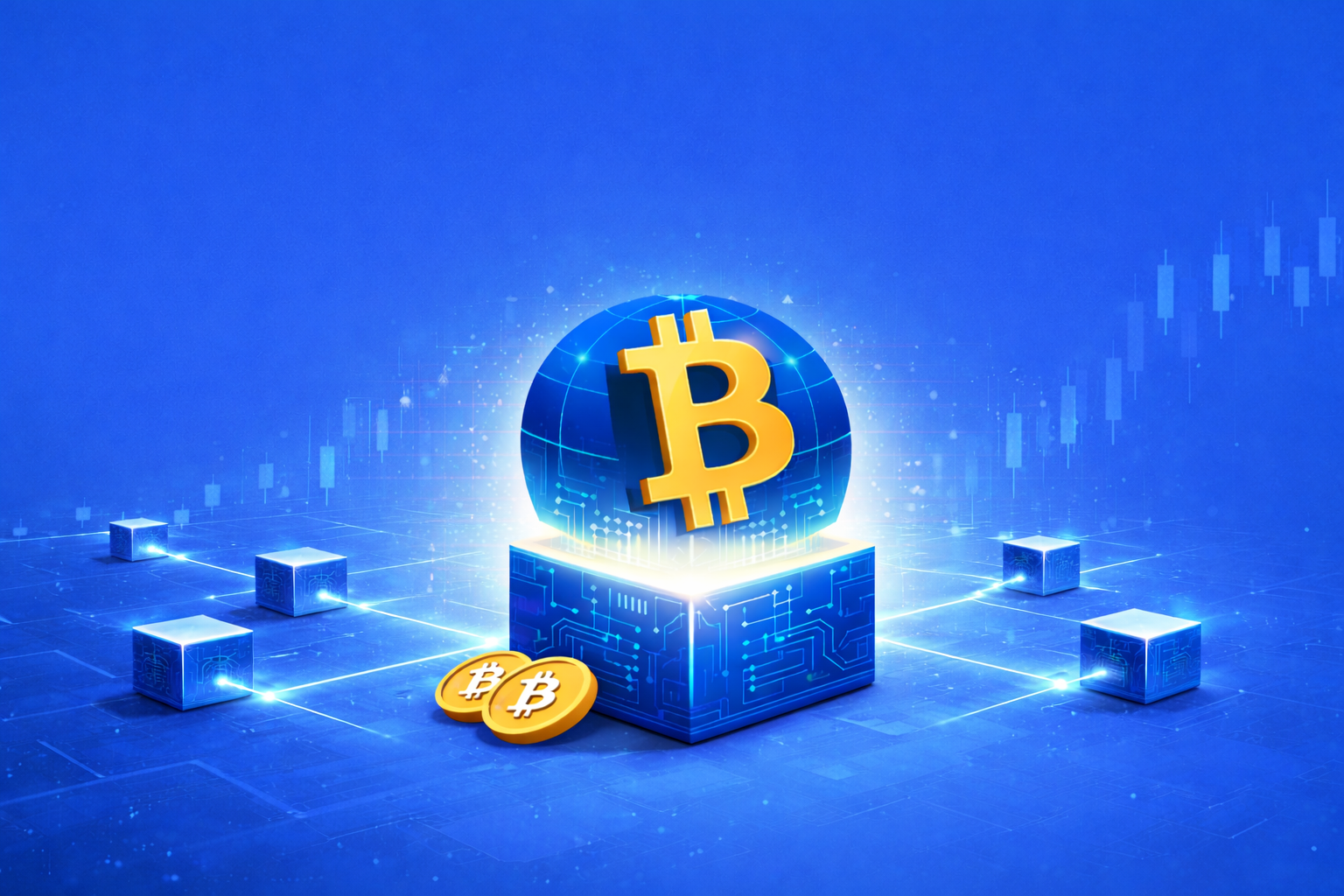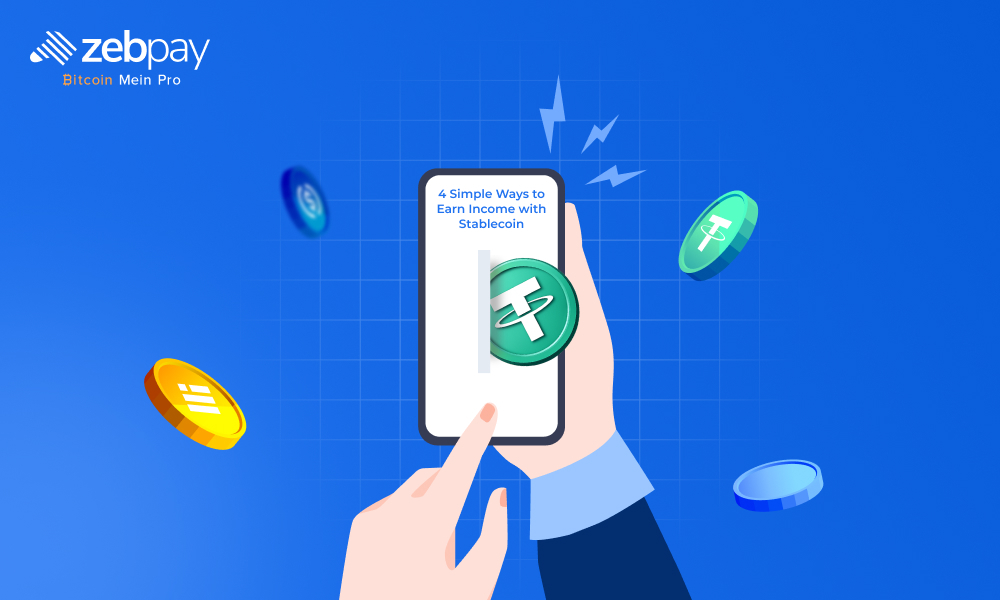What is an On-Chain Transaction?
Blockchain is a secure, transparent and trustless system. Any transaction of data happening on the blockchain is called an on-chain transaction. The data is stored in a public ledger for people to see and miners to validate. On-chain transactions are tamperproof and secure. The validation of the transactions is done through consensus mechanisms like Proof of Stake (PoS) and Proof of Work (PoW).
What Is an Off-Chain Transaction?
Any transaction of data taking place outside the blockchain into consideration is called an off-chain transaction. Although not as secure as on-chain transactions, these are faster as it does not require any validation on each such transaction.
Difference Between On-Chain and Off-Chain Crypto Transactions
The key differentiation between on-chain and off-chain transactions lies in their connection to the primary blockchain network. On-chain transactions are directly recorded and verified on the main blockchain, ensuring transparency and security, but potentially slower and costlier.
Off-chain transactions utilise secondary networks for quicker and more cost-efficient transfers, though they may compromise on security and complexity.
This distinction is central to the ‘blockchain trilemma,’ where decentralisation, speed, and security are interrelated factors. On-chain transactions prioritise decentralisation, immutability, and transparency, while off-chain transactions, while enhancing scalability and efficiency, may introduce centralised aspects or trust requirements in secondary layers or networks.
Read more: What Are Blockchain Layers
On-Chain vs Off-Chain Transaction Benefits
Benefits of On-Chain Transactions
Blockchain by its design prioritises security, immutability, trustlessness and transparency. This provides the authenticity, transparency and security to high-value transactions and data.
Benefits of Off-Chain Transactions
Off-chain transactions are fast, scalable, cost-effective and efficient. These address the scalability and efficiency challenges related to the on-chain transfers through secondary or tertiary layers and networks. These are useful for the applications of microtransaction, instant payment and other applications where higher throughput is required at lower costs.
Real-world Applications of On-Chain and Off-Chain Transactions
Real-world applications of On-Chain and Off-Chain Transactions include:
On-Chain Transactions:
- Crypto Transactions– All the crypto transfers are on-chain transactions. They are stored in a public ledger and validated by validators.
- Smart Contracts– All the smart contracts are on-chain processes, enabling automated and trustless agreements between parties.
- Token Issuance- Blockchain-based token issuance and management rely on on-chain transactions to create and transfer tokens securely.
- Supply Chain Management- On-chain transactions are required to immutably track the status of a shipment.
Off-Chain Transactions:
- Payment Processing– Off-chain systems are used for payments in platforms alike PayPal for faster and cost-effective transactions.
- Scalability Solutions– Layer 2 solutions like the Lightning Network and Liquid Network use off-chain transactions to enhance scalability and efficiency on main blockchains.
- Decentralised Exchanges- Off-chain transactions are utilised in decentralised exchanges where transactions are settled off-chain before being integrated back into the main blockchain.
- Microtransactions– Off-chain systems are used for ner-instant payments and microtransactions where the costs are to be minimised.
Read more: What is Lightning Network
Conclusion
On-chain and Off-chain transactions have their respective nature and utilities. Blockchain applications are limited without off-chain data and transactions. Most of the modern blockchain solutions are some combinations of both on-chain as well as off-chain solutions together. The crypto community is looking forward to scalability and real-world applications emerging through the merging of off-chain and on-chain solutions.
If you found this blog to be useful, do share it with other like-minded crypto enthusiasts. Click on the button below to begin your crypto trading journey using ZebPay.







